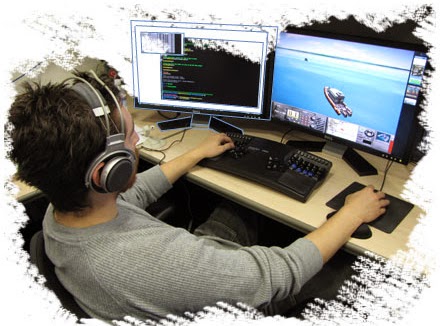Representation of Unmanned Systems in Naval Analytical Modeling and Simulation: What are we really simulating?

Editor's Note: This article is reprinted with permission from the Naval Postgraduate School's " CRUSER News. " By Professor Curtis Blais, faculty at the Naval Postgraduate School's Modeling, Virtual Environments and Simulation (MOVES) Institute . Contact: clblais(at) nps.edu Combat models are used in major assessments such as Quadrennial Defense Reviews for Naval system acquisition and future force structure decisions. For several years, the Navy has been adding capabilities to the Synthetic Theater Operations Research Model (STORM) originally developed by the U.S. Air Force. Similarly, the Army and Marine Corps employ a specific analytical model called the Combined Arms Analysis Tool for the 21st Century (COMBATXXI) to evaluate major proposed changes in materiel and associated warfighting operations and tactics. The CRUSER Charter identifies numerous Naval initiatives for study and development of unmanned systems, such as the Unmanned Carrier Launched Ai...